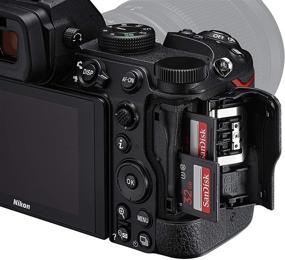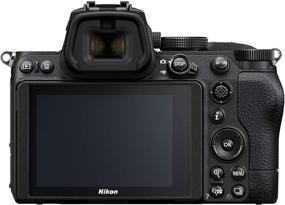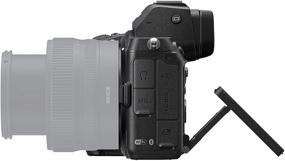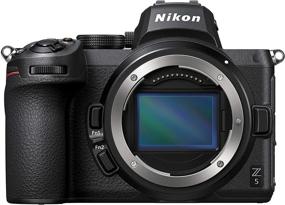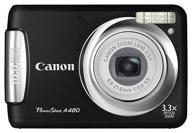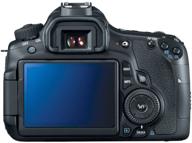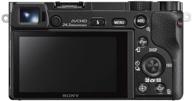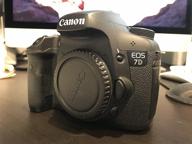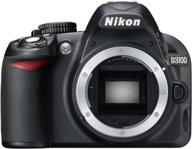Build quality. I'm not saying that it creaks and cracks in the hands, but some engineering solutions are incomprehensible to me. For example, the cover of the memory card compartment, which is also an emphasis under the thumb. She clicks cool, just like some kind of trunk :) But she has already begun to play lightly, but I haven’t taken a thousand frames. Why she backlash - I understand. The camera with a lens weighs almost 2 kg, and a third of the load falls in this place. I have looked for a replacement but haven't found it yet. Hooking the camera through Type-C to the PC every time is also painful - the plugs of the connectors are entirely made of soft rubber and will stretch quickly. The elastic of the eyecup has already cracked in one place - well, this is a nitpick, I carried it incorrectly in a backpack, maybe. Fortunately, this spare part is widely available and inexpensive. Unlike Olympus, this is all - a completely different level of assembly there, although the camera is also from the amateur OM-D segment;
High cost and a small selection of optics for a native mount, and whales for this money - well, that's all. Blinozum this dark for 300 bucks? Or 24-70/4 for 600? Well, no, no;
The lack of significant advantages for this native optics - google the comparison of 24-70 / 2.8 under F (it is possible without VR, IBIS is the same) and under Z. Divide all marketing nonsense by 10 (XA and LR distortion rules automatically for the lens profile). Look at the focus speed comparison table (in general, if this is taken as the main criterion, you need to look at Canon, with its Dual Pixel AF). Look at prices. Look at the mass! Draw conclusions;
Camera Control Pro - they also ask for money for this product, but it works lousy. Olympus has a FREE Olympus Capture - there is a FULL set of buttons from the camera. Here I need to press some of the buttons on the camera (zoom in the viewfinder, for example; I use the camera to reproduce film slides, this is critical there);
The display is not even a matter of resolution, but of contrast, and of the absence of rotation in three planes;
Tactility (lack of it) of some buttons. The crosspiece is quite cottony, as for me.






